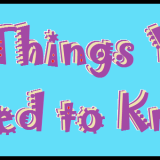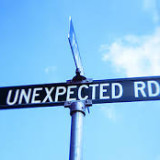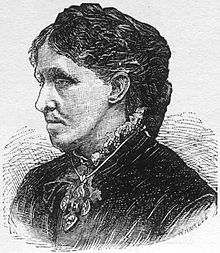Fiction Focus- The Other Woman
I haven’t posted for a while, but today got to thinking about a specific trope that is far more pervasive than we perhaps we think. It is the recurring character of the Other Woman (sometimes referred to as the Evil Other Woman, even though she isn’t necessarily evil).
The Other Woman appears in all of our storytelling- from fairytales to teen fiction. When trying to pinpoint what exactly it was that made her an important character, two words sprung to mind: jealousy and competition.
These often (though by no means always) spring from a romantic source- the fight over a heart of a man. The Other Woman is a near constant presence in Gothic romance- wives, either dead or hidden in the attic, who threaten the young heroines of such books with nothing more than their name, their reputation, the fact that they were there first. In a lot of young adult books, she’s the tall skinny blonde counterpart to the dumpy brunette heroine who is able to seduce anyone she likes with nothing but the power of legginess. Even as far back as Hans Christian Andersen, the little mermaid was ousted by a human princess.
But romance needn’t necessarily be the root of the troubled relationship between your heroine and the Other Woman. In Jane Austen’s Emma, the eponymous heroine has a complex about a particular young woman by the name of Jane Fairfax. Emma doesn’t hate Jane as a rule but it’s clear that Emma feels threatened by her. The two are equally well-liked and “accomplished” as the rules of the day go, and Emma feels comfortable in her little community with her reigning queen-like and saint-like (Emma herself is a very amusing character). The problem is that Jane is so amiable, and when she comes to visit, everybody loves her. Maybe more than they love Emma. And that’s a problem. Another fairytale analogy exists in The Goose Girl, where the princess’ serving girl takes everything from her.
Of course, just as the Other Woman needn’t be a man-eater, nor is she necessarily evil. Indeed as our tastes change, fiction changes around us. Some elements remain the same. Often the Other Woman is similar to the heroine in a lot of ways, making the heroine feel inferior or envious in more ways than one. Maybe they’re in the same career, or good at the same things. Exchanges between the two may vary from the downright nasty to the unbearingly sweet (which in some ways makes it even worse, because it’s much harder to hate someone that you can’t hate).
What do you think of the Other Woman trope? Have you ever used it? Will you ever? How does the dynamic work- or if you have never written one, can you think of an example where the dynamic was good?
And a final question- the Other Woman doesn’t, as far as I can tell, have a widespread male counterpart. Please prove me wrong if you can! And if you can’t- why do you think this is?










There’s actually a lot of Other Men in Shoujo manga (manga aimed mainly at girls). They usually appear in the guise of the competition for the female lead’s heart. They’ll often be opposite in personality to the main male lead so as to provide an alternative. However there’s an abundance of Other Women in them as well. Most high school romance manga spend an awful lot of time using any narrative trick to keep the main couple apart.
I think the Other Woman trope can be interesting if done well. If she’s going to be a sort of two dimensional character there to highlight the lead’s flaws or to distract from the main love story and that’s it then I wouldn’t like that. If she’s a well rounded character with her own kind of character trajectory then it becomes interesting.
I think becki makes some really good points – as long as the Other Woman is fleshed out, even if we never meet her in the flesh as such – then it can be powerful. However, when we get these 2 dimensional perfections, then it doesn’t work so well.
I have Faye in my novels who is sort of the Other Woman, but she’s also the heroine’s friend and stands for a lot more than the role she plays in the male lead’s storyline.
I also think it’s a very interesting trope- heck, Chasing Dragons essentially revolves around the trope- Astrid and Alicia are BOTH the other woman acting in the other’s story. Alicia is the better version of Astrid, as far as Astrid can see, the one with the crown and the looks and the magic and the power. And the man. But if we look at it from the other side, Astrid is this upstart coming to steal everything away from Alicia.
So maybe we should also always investigate that relationship from both sides- because both women become The Other Woman in that case.